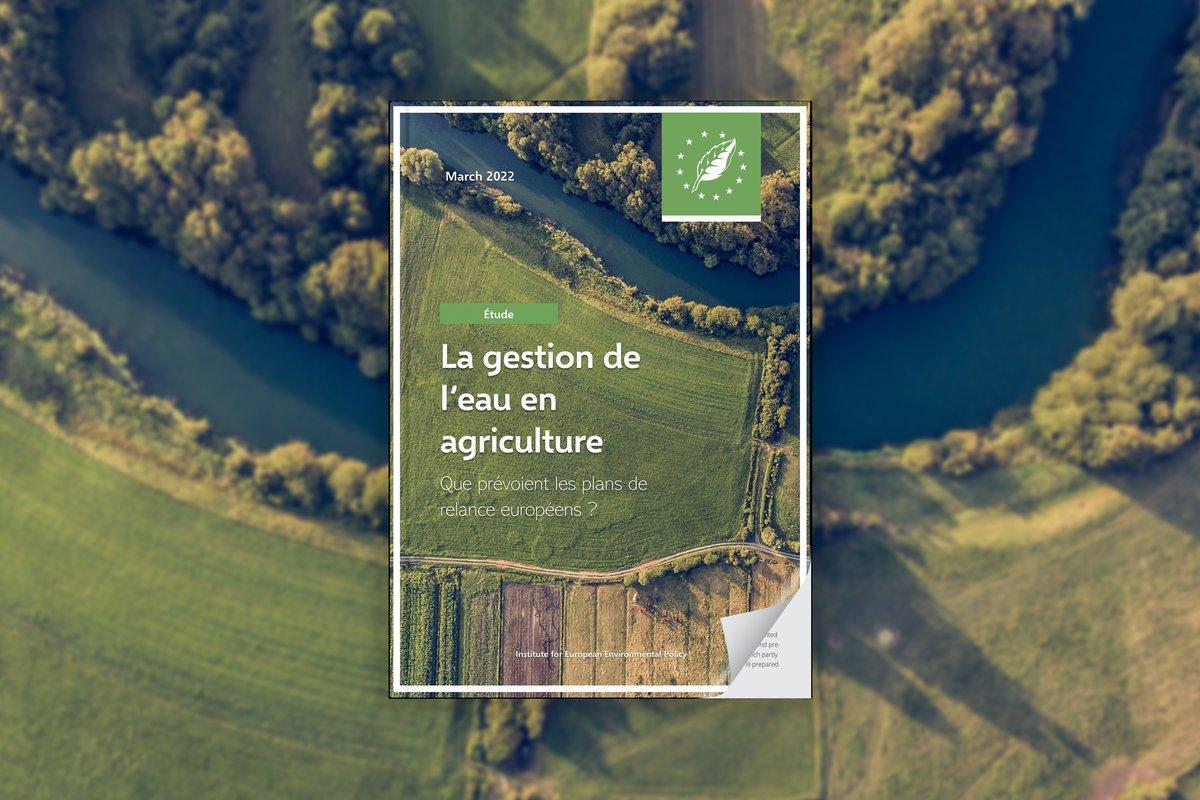AUTHORS: Jean-François Hulot – Juliette Pagnon
This study analyses the water needs of the agricultural sector in France, Spain and Romania and the related public interventions planned in the national recovery plans. Based on the results obtained at the national level, it proposes a set of recommendations and changes needed on farms to adapt to current and future water availability.
The agriculture sector is the largest water consumer in the EU. Its net water consumption reaches 40-60% of net water consumption depending on the year (EEA, 2020). Therefore, agricultural production puts significant pressure on water abstraction. It also increases pollution through the nutrients and chemicals used. The current and future climate situation worsens the situation and raises questions about the investments and changes required on-farm regarding water management to maintain sustainable agricultural production.
In order to answer this question, the present study builds on the analysis of three European agricultural countries: France, Spain, and Romania. After presenting the main uses of water in agriculture, the study identifies the water needs of the sector in these three countries. It then analyses the water interventions planned in their respective recovery plans and assesses their adequacy with regard to the needs identified in the second part. Finally, the study proposes new ways to best respond to the challenges posed by water management in agriculture at the European level.
The analysis in France, Spain, and Romania leads to the following set of recommendations, detailed in the report:
- Efforts should be directed at agriculture because of its importance in the water cycle. The CAP and recovery plans should give greater priority to sustainable water management, which is crucial in the context of global warming.
- The detailed analysis of the water needs of the agricultural sector must become systematic: agriculture will have to adapt its water consumption to abstraction and storage capacity that is locally possible without disrupting the water cycle.
- All stakeholders within each river basin should co-construct solutions for sustainable and integrated water management. These solutions can include changing the crop mix to less water-intensive plants and/or varieties, investing in the most efficient irrigation techniques (drip irrigation, digitization).
- Public investments influencing agricultural water management should henceforth be part of the achievement of quantitative and qualitative objectives broken down by State or even by basin. In this respect, recovery plans should be reviewed to ensure consistency with other policies, including the CAP and the Green Deal objectives.
- Finally, on a more general level, the CAP – in its entirety and its national variations – should help the necessary transition towards more sustainable practices, resilient systems and lower GHG emissions.


